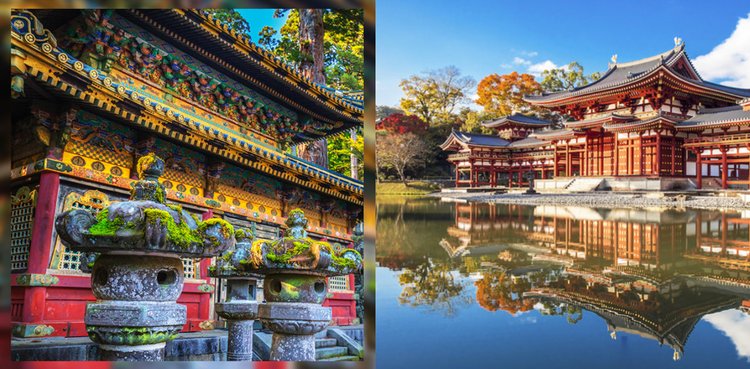Japan is a land rich in spiritual traditions and breathtaking architectural marvels. Its ancient shrines and temples are not only places of worship but also important cultural landmarks that offer a serene escape from the modern world. If you are planning a trip to Japan, make sure to visit these 13 best traditional shrines and temples in japan for an unforgettable cultural experience.
1. Fushimi Inari-taisha (Kyoto)
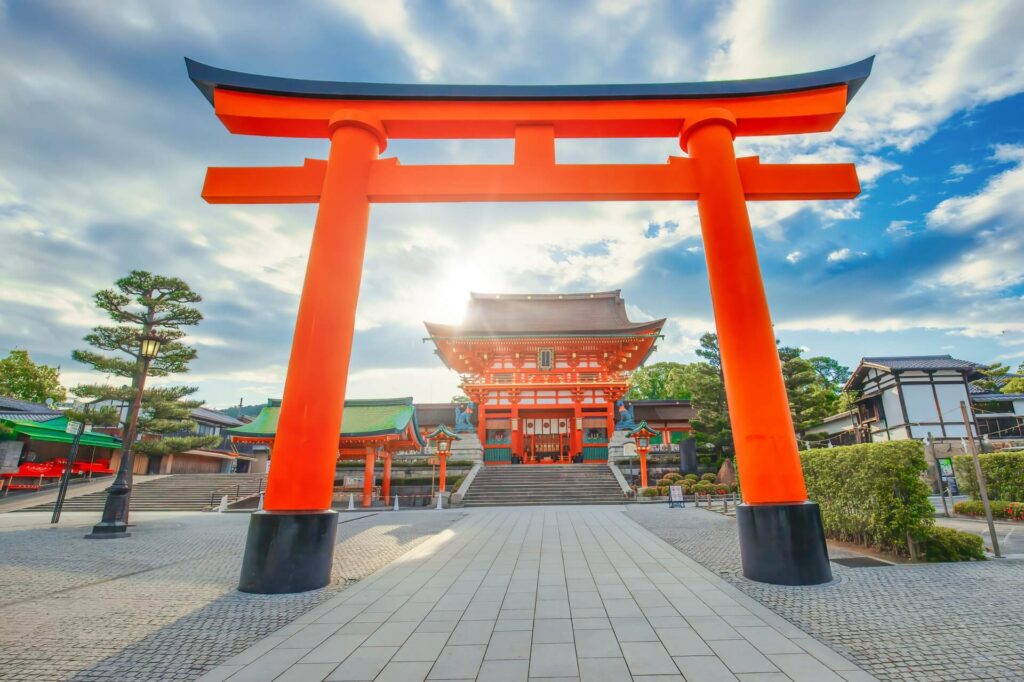
Famous for its thousands of red torii gates that form a mesmerizing path through a forested mountainside, Fushimi Inari-taisha is one of Japan’s most iconic Shinto shrines. Located near Fushimi Inari Station, this site is dedicated to Inari, the deity of rice and prosperity. The stunning hiking trails and picturesque views make it a top destination. It is often searched as “Fushimi Inari Shrine Kyoto Japan” or “Fushimi Shrine Kyoto Japan” by visitors.
2. Kinkaku-ji (Golden Pavilion, Kyoto)
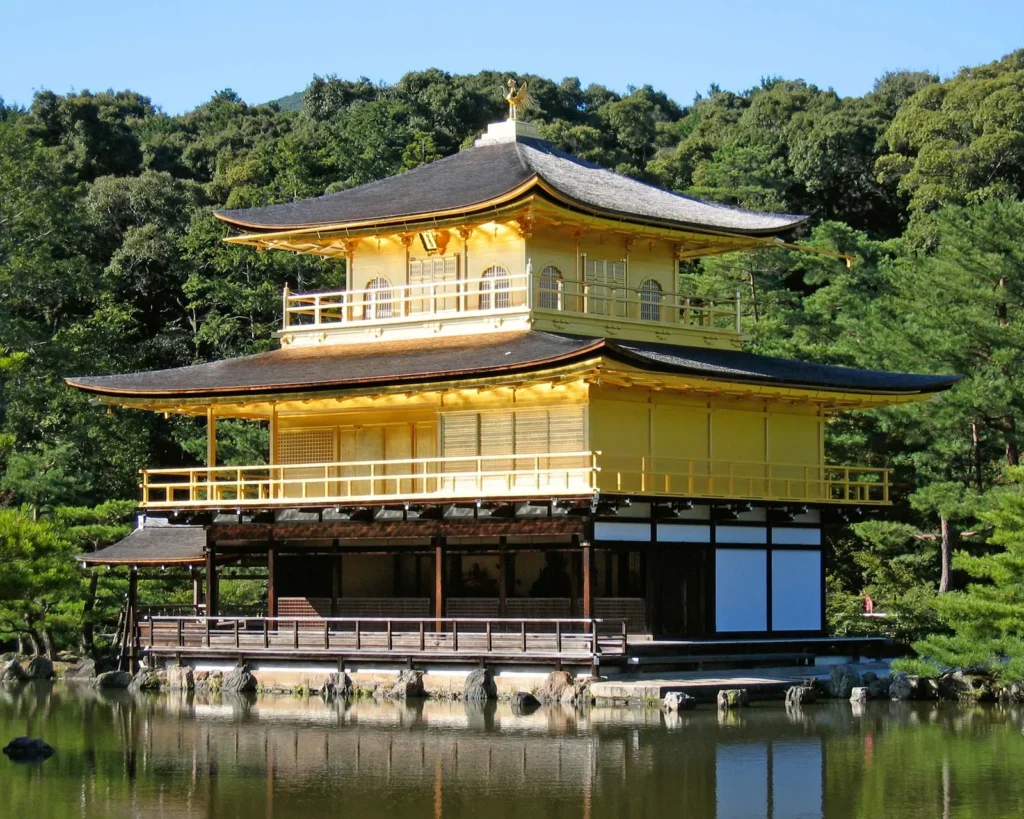
The Golden Pavilion, or Kinkaku-ji, is a Zen Buddhist temple covered entirely in gold leaf, set beside a tranquil pond. For travelers seeking serene accommodations, the best ryokan in Kyoto offers an authentic Japanese experience. Additionally, visitors can explore the best hotels in Kyoto for a blend of comfort and modern amenities. Its stunning reflection on the water makes it one of the most photogenic spots in Kyoto Japan,
3. Meiji Jingu (Tokyo)
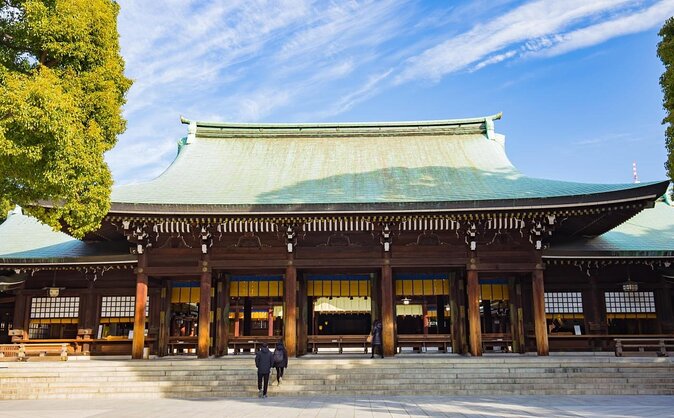
Nestled in a lush forest in the heart of Tokyo, Meiji Jingu, also referred to as Meiji Shrine Tokyo Japan, is a peaceful Shinto shrine dedicated to Emperor Meiji and Empress Shoken. For travelers exploring Shibuya Meiji Shrine, the serene atmosphere offers a perfect escape from the bustling city. The serene atmosphere makes it a perfect escape from the bustling city.
4. Senso-ji (Tokyo)
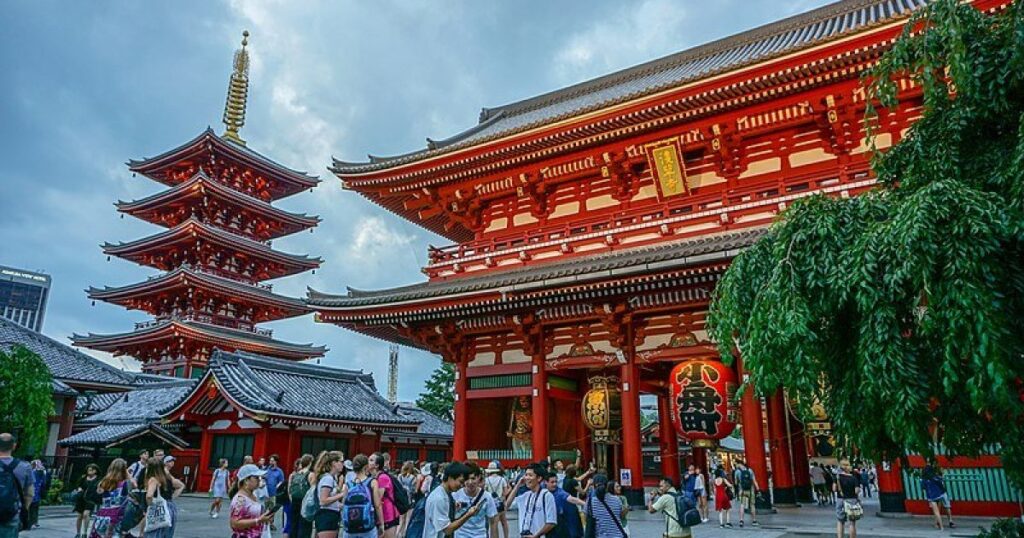
Tokyo’s oldest and most famous temple, Senso-ji, is located in the Asakusa district, often referred to as Sensoji Temple Asakusa. The vibrant entrance gate, Kaminari-mon, and the bustling Nakamise shopping street make it a lively and culturally rich destination. Many visitors search for Senso Ji 2 Chome 3 Asakusa Taito City Tokyo Japan and Sensoji Shrine Tokyo when planning their trip.
5. Todaiji (Nara)
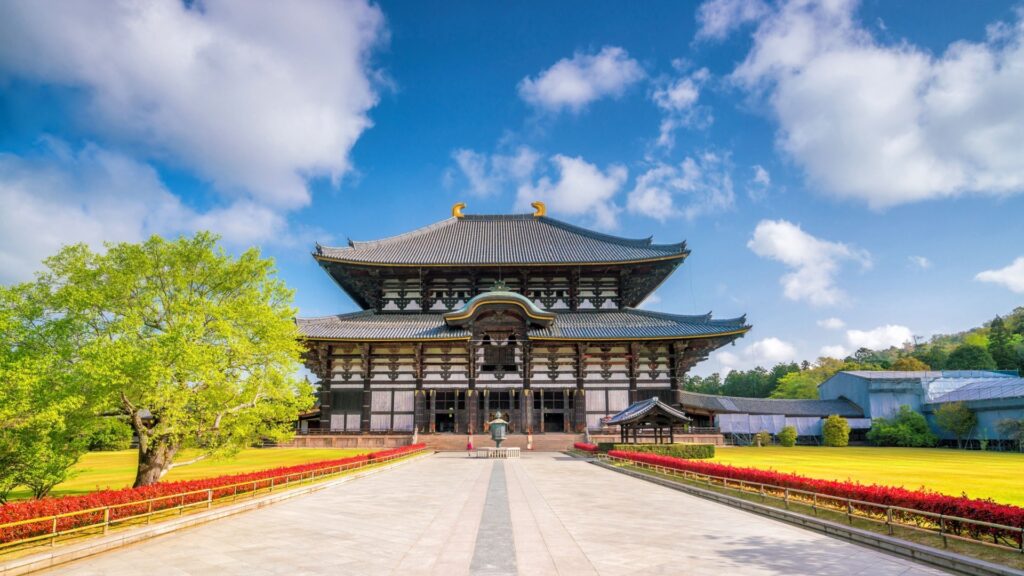
Todaiji Temple Nara Japan, home to one of the world’s largest bronze Buddha statues, is a UNESCO World Heritage Site. This iconic site is often searched as Nara Japan Todaiji Temple by visitors. The massive wooden structure housing the Buddha is truly awe-inspiring, making Todaiji Temple Nara Japan a must-visit destination.
6. Itsukushima Shrine (Miyajima Island)
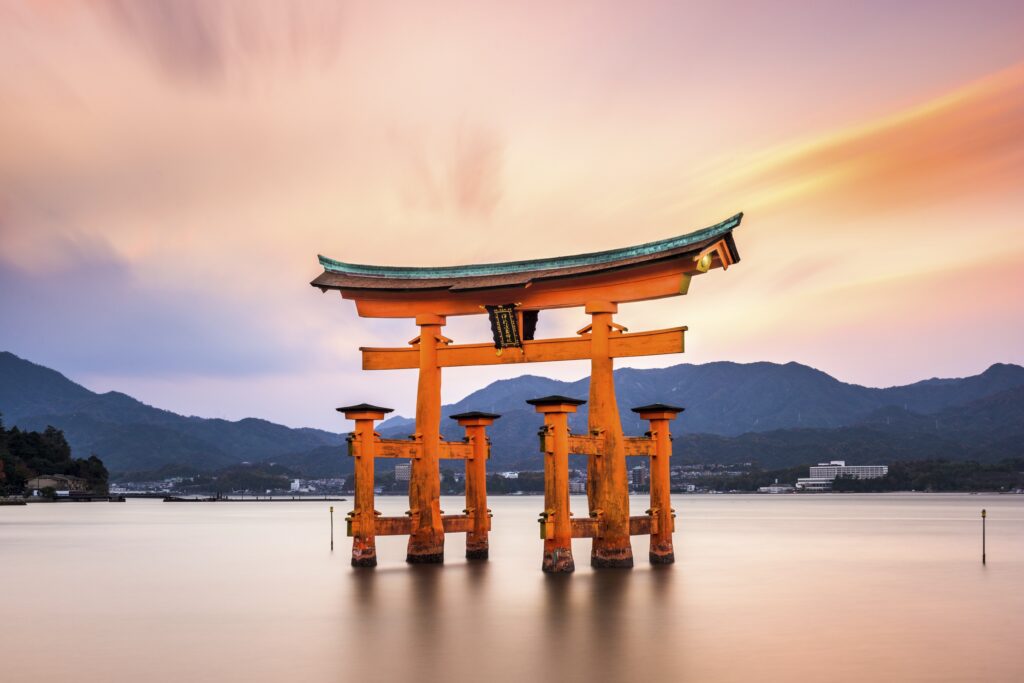
Known for its “floating” torii gate, Itsukushima Shrine appears to rise from the sea at high tide, similar in iconic status to Fushimi Inari Shrine Kyoto Japan and Sensoji Shrine Tokyo for its cultural significance. This UNESCO World Heritage Site, much like Kinkaku-ji and Meiji Shrine Tokyo Japan, is one of Japan’s most picturesque shrines and draws countless visitors annually.
Read More: Top 10 tourist attractions in Singapore
7. Ryoanji (Kyoto)
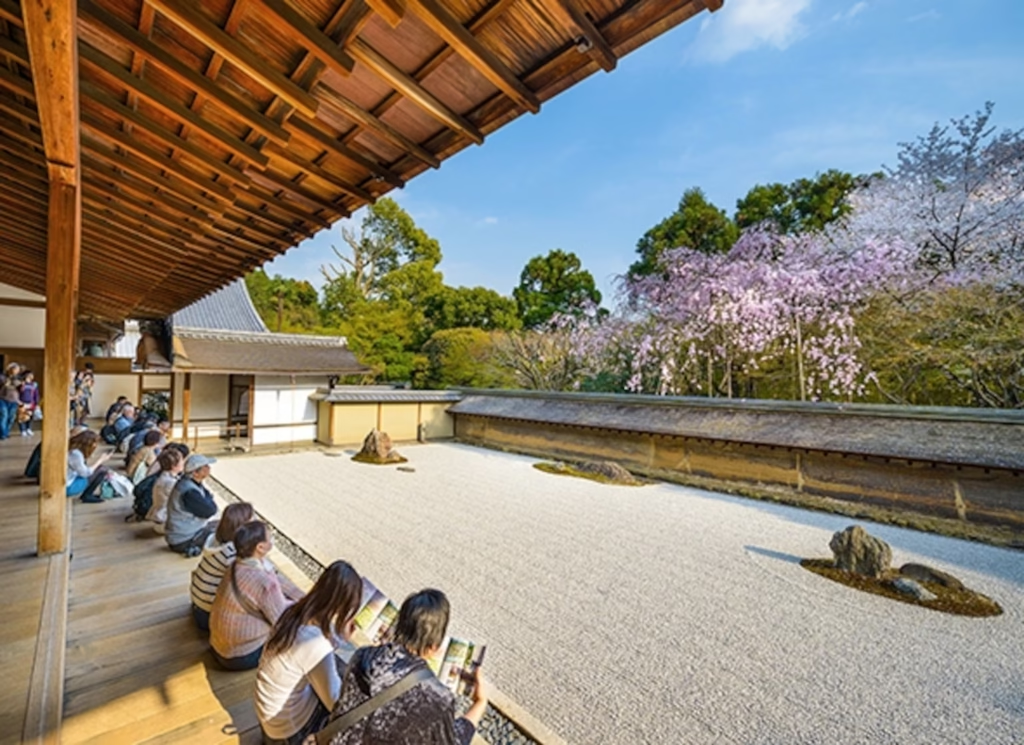
Ryoanji Temple Kyoto, famous for its Zen Garden Kyoto Ryoanji, embodies minimalist beauty and tranquility. Visitors often sit and meditate on the simple yet profound arrangement of stones, making Ryoanji Garden Kyoto a tranquil spot for contemplation.
8. Ise Grand Shrine (Mie Prefecture)
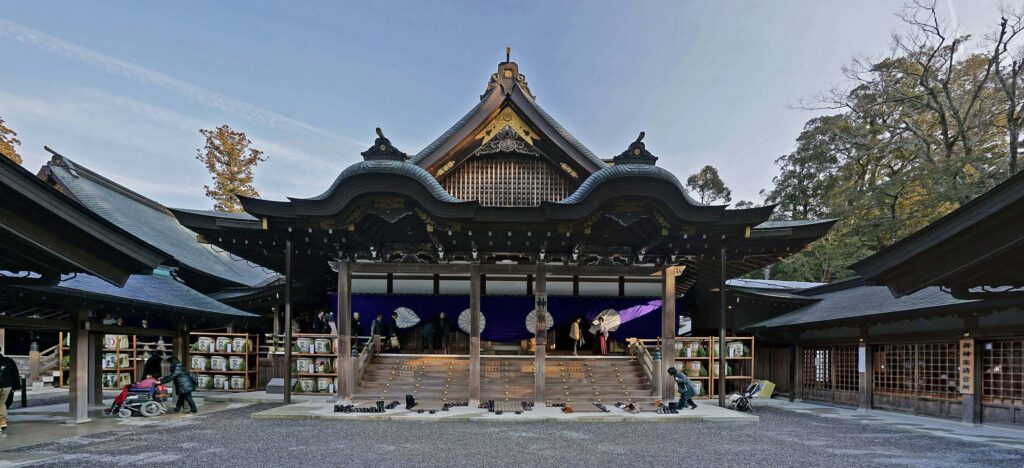
Considered the most sacred Shinto shrine in Japan, Ise Grand Shrine is dedicated to the sun goddess Amaterasu. The shrine complex is rebuilt every 20 years as part of a Shinto tradition.
9. Kiyomizu-dera (Kyoto)
This UNESCO World Heritage Site, Kiyomizu-dera Kyoto Japan, offers stunning views of Kyoto from its wooden stage, making it one of the must-visit locations in West Japan Kyoto Kiyomizu. Also known as Kiyomizu-dera Shrine, this temple is particularly beautiful during cherry blossom and autumn foliage seasons, offering visitors a breathtaking experience.
10. Nikko Toshogu Shrine (Tochigi Prefecture)
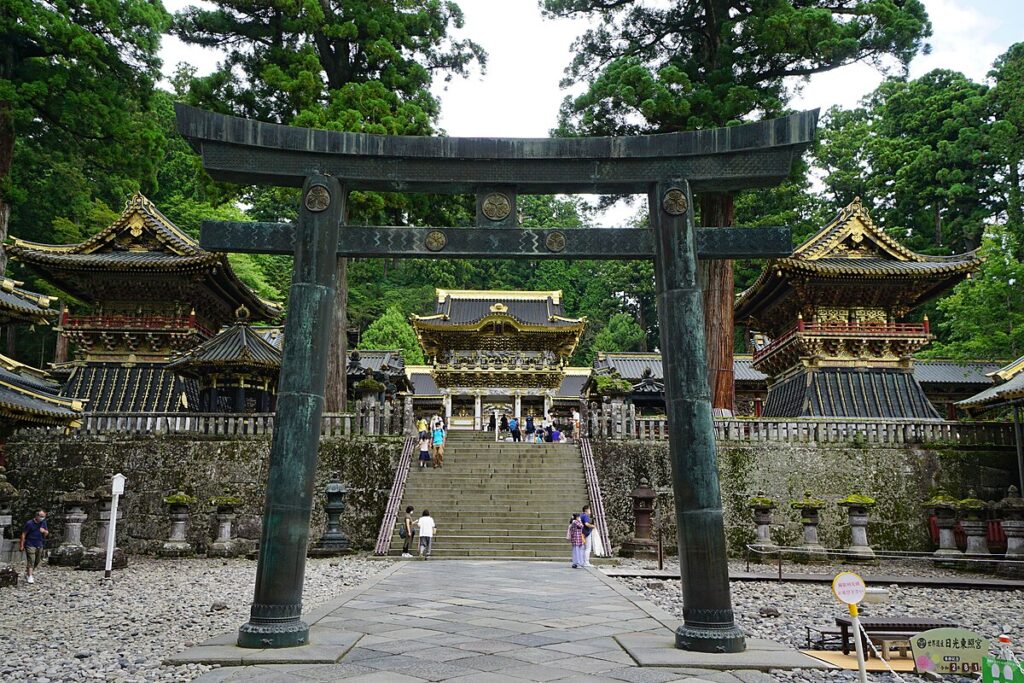
Lavishly decorated and surrounded by lush forests, Nikko Toshogu Temple is dedicated to Tokugawa Ieyasu, the founder of the Tokugawa Shogunate. This stunning site, often searched as Toshogu Nikko Japan, showcases intricate carvings and vibrant architectural details. It’s a masterpiece of Japanese craftsmanship, also known as the Nikko Monkey Shrine, famous for its ‘See No Evil, Hear No Evil, Speak No Evil’ monkey carvings.
11. Horyu-ji (Nara)
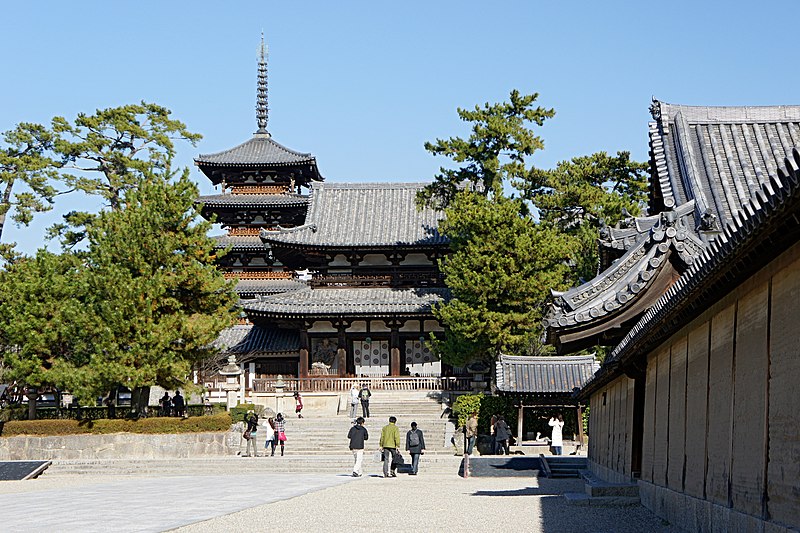
One of the oldest wooden buildings in the world, Horyu-ji Temple, part of the Buddhist Monuments in the Horyu-ji Area, is a UNESCO World Heritage Site and a treasure trove of Buddhist art and history. This magnificent temple showcases stunning architecture, including the renowned Horyu-ji Pagoda, making it an essential stop for history and architecture enthusiasts..
12. Daisho-in (Miyajima Island)
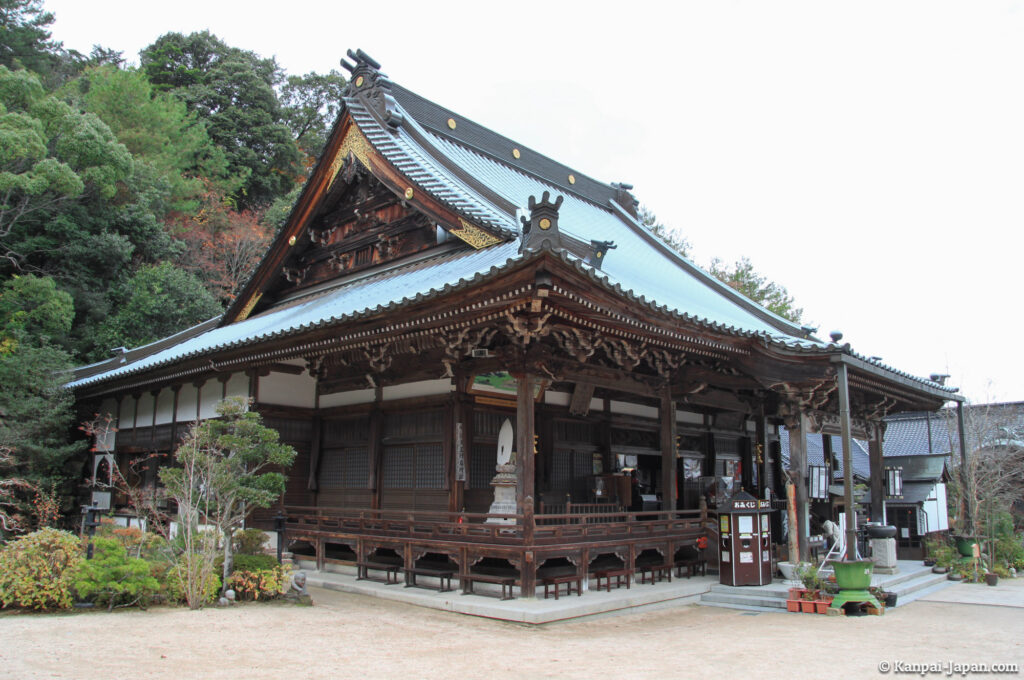
A hidden gem on Miyajima Island, Daisho-in Temple Miyajima Island is known for its peaceful atmosphere and intricate Buddhist statues. Visitors searching for Daisho-in Temple Miyajima will find a serene retreat filled with rich history and spiritual significance. The colorful pathways and serene environment of Daishoin Temple Miyajima make it a must-visit for those exploring Japan’s sacred sites.
13. Yakushiji (Nara)
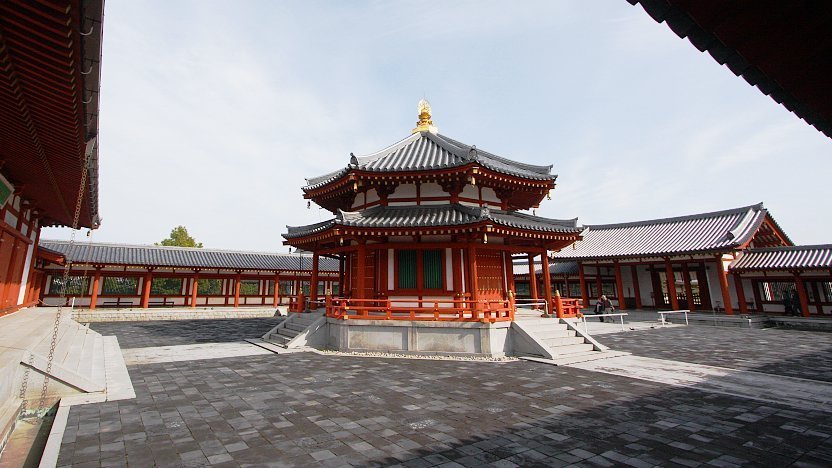
Yakushiji, often searched as Yakushi-ji, is one of Japan’s oldest temples and is renowned for its stunning pagodas and beautiful Buddhist art. Located in Yoshino Nara, this temple holds great historical and spiritual significance, attracting visitors seeking cultural and religious enrichment.
Tips for Visiting Shrines and Temples in Japan
- Respect the sacraments: wash your hands and mouth at purification fountains and follow proper prayer practices.
- Dress Modestly: Wear respectful clothing, especially at holy site
- Photography Etiquette: Make sure not to operate the camera where photography is prohibited
- Early Visits: It is better to reach early in the morning to avoid the crowd and experience it in peace
Conclusion
Exploring Japan’s traditional shrines and temples is a journey into the heart of its rich cultural and spiritual heritage. Each site offers a unique glimpse into Japan’s history, architecture, and religious practices. Whether you seek spiritual enlightenment, architectural beauty, or simply a serene escape, these 13 shrines and temples are sure to leave a lasting impression on your travels.

